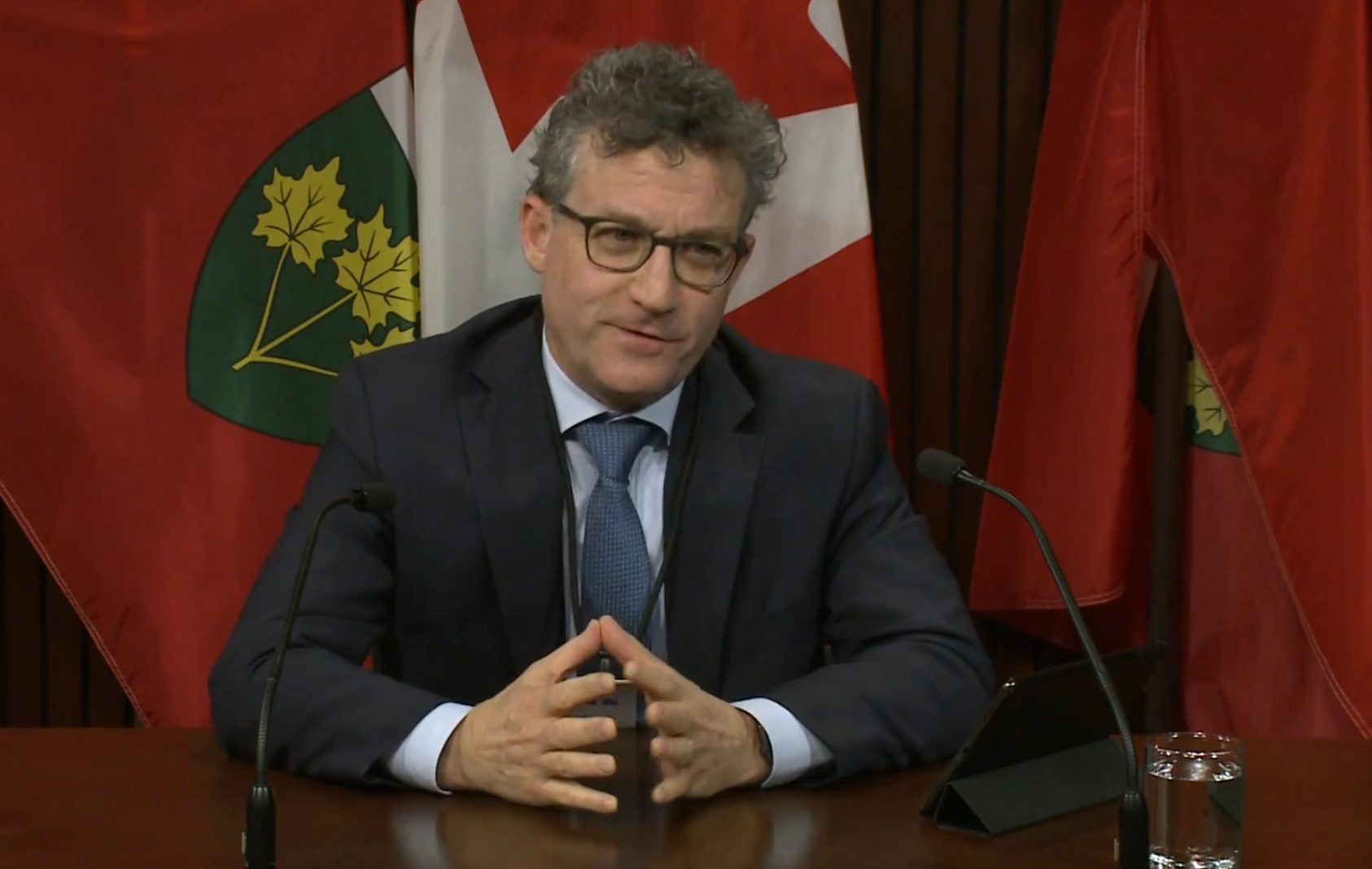Amare
Senior Member
Completely understand what you're saying and it's true, but let's say a private operator were running operations and were in direct control of the revenues and expenses of this operation. Do you think they would allow a loophole as big as this exist for 5 years and allow people to exploit it the the fullest? I highly, highly doubt it.That assertion isn't really backed up by my personal experiences. Customer service in the North America gives away gobs of free stuff simply to not make a commotion in their store (chasing down shoplifters for example); and caving to irrational customer demands increases where marginal cost is negligible (cost is incurred whether you take non-paying customer or not). Crappy customers with good publicity might get you good customers.
This type of "shrinkage" for Metrolinx is incredibly cheap; they don't get revenue but they also don't incur any expenses. Compared to the Wholefoods cheese table (a well-known popular item from grocery stores) they're down right lucky.
It should be fixed because it's government. Canadian retail raised prices 20 years ago and looks the other way.
I have numerous stories for Internet firms too since I spent a fair amount of time working on financial databases for a career (billing systems). Branding was often considered far more important than increasing revenue or preventing losses.
Metrolinx is lucky not many people knew about the loophole but now that they do, let's see if they continue to get lucky with their 2% evasion rate.






